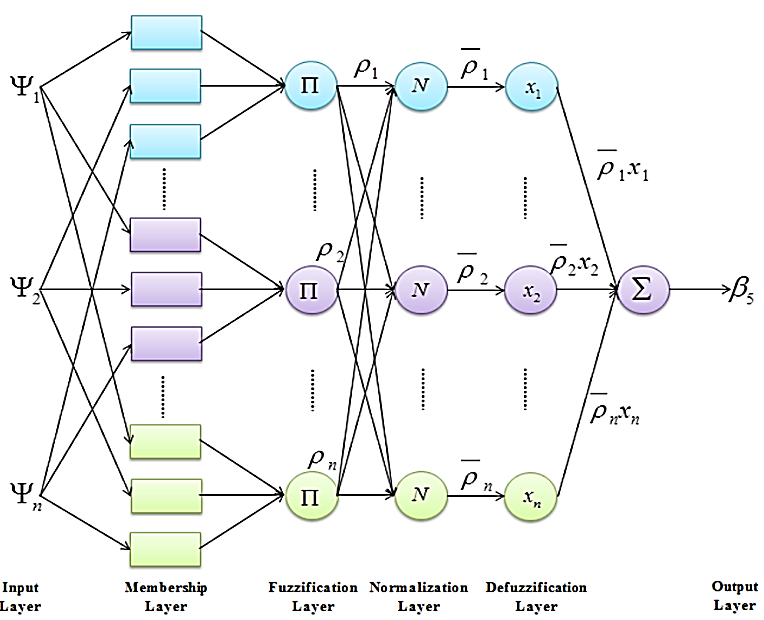Enhancement of Buffer Management and Data Transmission in Delay Tolerant Network Using Secant Osprey Optimization
DOI:
https://doi.org/10.17762/ijcnis.v16i1.6564Keywords:
Probabilistic Function-based Adaptive Neuro Fuzzy Inference System (PF-ANFIS), Buffer Management, Secant Osprey Optimization (SOO), Secure Hashing Algorithm-512 (SHA-512), Lorentz Distributed K-Means (LDKM)Abstract
In both wired and wireless networks, message forwarding takes place after establishing a route between source and destination, even in the infrastructure-less network. It stores the messages in buffer nodes and carries them until a destination or appropriate relay node is encountered. However, the storing and carrying approach for a long time causes buffer congestion. Therefore, an optimized technique is required for buffer management and efficient communication. In Delay Tolerant Network (DTN), the chances of disconnections are higher due to propagation issues, node mobility, and power disruptions. In order to solve the problem, this paper proposed a Secant Osprey Optimization (SOO)-based efficient buffer management scheme. First, the message data is collected from the Twitter dataset for buffer analysis, and then the repeated messages are removed using SHA-512. Then, messages are clustered using Lorentz Distributed K-Means (LDKM). Further, the messages are scheduled using a Probabilistic Function-based Adaptive Neuro Fuzzy Inference System (PF-ANFIS) for forwarding. For forwarding, the optimal path is selected using the SOO algorithm. Thus, the heavy load data are forwarded via the selected path without disruptions. The experimental analysis is carried out using the PYTHON software tool by comparing the proposed model with the existing methods. The simulated outcome showed that the proposed methodology attains a higher delivery ratio of 0.815 with a lower delay rate of 1217s. Also, the proposed technique schedules the messages with 98.2% accuracy, 96% precision, and 96.5% recall. Hence, the presented approaches are more highly performed in the buffer management of DTN than the existing techniques.
Downloads
Published
How to Cite
Issue
Section
License
Copyright (c) 2024 International Journal of Communication Networks and Information Security (IJCNIS)

This work is licensed under a Creative Commons Attribution-NonCommercial-ShareAlike 4.0 International License.




